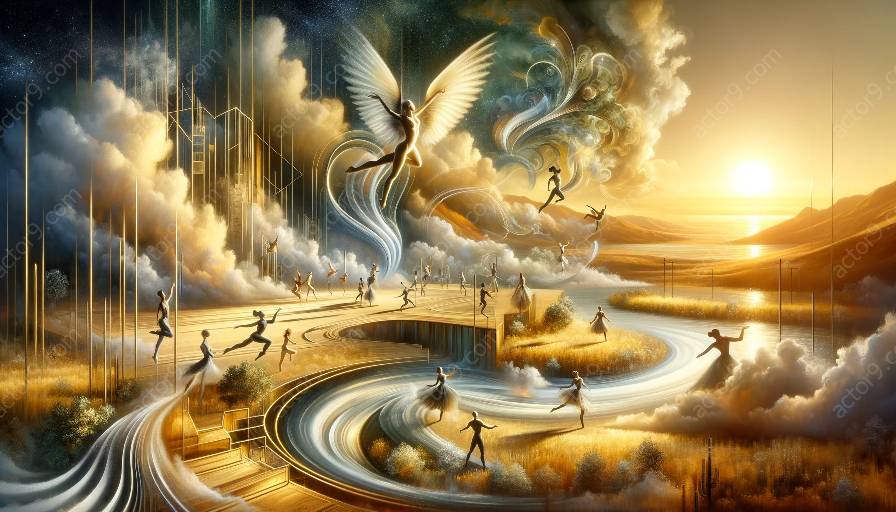The Intersection of Physical Theatre and Circus Arts
Physical theatre and circus arts both exemplify dynamic and captivating performances characterized by physical prowess and artistic expression. The intersection of these two disciplines holds the potential for unlocking new dimensions of creativity and storytelling within circus performances.
Understanding Physical Theatre
Physical theatre is a form of performance that emphasizes the use of the body to convey emotions, narratives, and ideas. It often involves the integration of movement, gesture, voice, and theatrical elements to create a compelling and immersive experience for the audience.
Integrating Physical Theatre Methods with Aerial Acrobatics
When exploring the application of physical theatre methods in aerial acrobatics, it is important to consider how the principles of physical theatre can enhance the artistic and expressive qualities of circus performances. One of the key aspects of physical theatre that can be applied to aerial acrobatics is the cultivation of a strong physical presence and the utilization of movement to communicate powerful emotions and narratives.
Embodying Characters and Narratives
Physical theatre techniques, such as character embodiment and narrative-driven movement, can be integrated into aerial acrobatics to elevate the storytelling potential of circus acts. Aerial performers can use their movements to embody characters and convey narratives, creating a deeper connection with the audience and adding layers of meaning to their performances.
Expanding Expressive Possibilities
By applying physical theatre methods to aerial acrobatics, circus performers can expand the expressive possibilities of their acts. They can explore a wider range of emotions, themes, and dramatic arcs, adding depth and complexity to their performances. This integration can lead to a more immersive and emotionally resonant experience for the audience.
Enhancing Physical Presence and Dynamics
Physical theatre emphasizes the use of the body as a powerful tool for expression. Aerial acrobats can leverage this principle to enhance their physical presence and dynamics in performances, utilizing movement, gesture, and spatial awareness to create compelling visual and kinetic experiences for the audience.
Creating Collaborative Narratives
Collaborations between physical theatre performers and aerial acrobats can result in the creation of collaborative narratives that blur the boundaries between the two disciplines. By integrating physical theatre techniques with aerial acrobatics, artists can co-create innovative and multi-layered performances that showcase the seamless fusion of physical expression and aerial prowess.
Conclusion
Integrating physical theatre methods with aerial acrobatics in circus performances offers a rich tapestry of possibilities for enhancing artistic expression, storytelling, and audience engagement. By embracing the principles of physical theatre, circus artists can unlock new dimensions of creativity and create captivating performances that resonate on emotional, visual, and narrative levels.




































